How to Speak Korean – It’s Easier than You Think
Want to learn Korean? Good call! Learning how to speak Korean is a great choice, because Korean is hot property right now.
Although Korean might be ranked as one of the more difficult languages to learn by the Foreign Service Institute (FSI), it is by no means impossible. So don’t worry about the “hours” it takes to learn Korean.
You can learn Korean fast — and you may even already know more Korean than you think!
Here’s what we’ll cover to teach you how to speak Korean:
Table of contents
- Why Learn Korean — And What You Can Enjoy When You Do!
- Is it Difficult to Learn Korean?
- Learn the Korean Alphabet (Hangul) With Ease
- Korean Hangul is Phonetic
- Word Families: How Korean Words Are Built
- Using Logic to Learn Korean from Words You Already Know
- How to Pronounce Korean Words: No Tones
- Konglish: You Already Know Thousands of Korean Words
- Korean Grammar Is Really Easy
- Deal With the “Difficult” Parts of Korean Down the Road
- Breaking Apart Korean Words
- Why It’s Easy to Find Resources to Learn Korean
- Learn Korean: How to Speak Korean TODAY
Why Learn Korean — And What You Can Enjoy When You Do!
Interest from people who want to speak the Korean language has soared over the past few years:
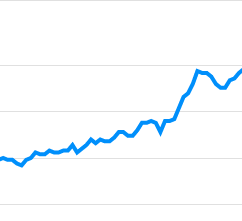
“Gangnam Style” by Korean pop icon Psy was the first YouTube video to reach one billion views (and the first to hit two billion views):
And I’m sure you’ve heard of a little band called BTS:

They hold the biggest Spotify debut for their song, “Dynamite”, even toppling Taylor Swift. They’re international superstars, with BTS fans (known as their A.R.M.Y) all over the world.
K-Dramas – Korean television dramas – are a rising trend that’s set to take the world by storm. Just take a look at the success of Netflix’s Crash Landing on You, which ranked in the top 10 internationally
And Korean novels such as Please Look After Mom are starting to enter the international bestsellers list too.
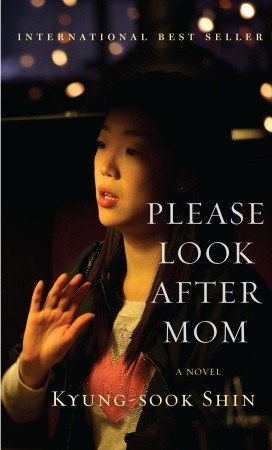
What’s more, South Korea is a young, tech-savvy country that’s home to popular tech brands including Samsung and LG.
Why not learn Korean as your next language?
Is it Difficult to Learn Korean?
It's actually a lot easier than you think to learn Korean.
That's one of the reasons I created 90 Day Korean and the 90 Minute Korean Challenge.
I wanted to show just how simple Korean can be if you take the right approach. Even the Fluent in 3 Months team members have learned Korean and mastered Hangul using 90 Day Korean.
Compared to Japanese and Chinese, Korean has some huge advantages that make it easy to learn. Let’s find out more about these.
Learn the Korean Alphabet (Hangul) With Ease
The first step to learn the Korean language is becoming familiar with the Korean alphabet.
When first seeing the Korean alphabet, many people assume that it is just a bunch of squiggles and that it’s as impenetrable as learning the thousands of Chinese characters that students of Mandarin face.
Believe it or not, this causes some learners to give up on the Korean language before they even start!
While there are ways of learning Chinese and Japanese characters quickly, the Korean alphabet is nothing like Chinese characters.
It is far easier to learn than even the Japanese ‘script’ alphabets of Katakana or Hiragana, and maybe even Cyrillic.
The reason for this goes back centuries.
Unlike other alphabets that grew organically, Hangul, the Korean alphabet, was invented.
Not only was it invented, but Hangul was made with the specific purpose of being easy to learn and use. Basically, it’s almost impossible to design a simpler writing system than Hangul that would still work with the Korean language.
The truth is that using modern learning techniques, anybody can learn Hangul in just ninety minutes.
Think about that for a second – the Korean language was constructed with language learners in mind!
Hangul exists not to confuse and intimidate learners, but rather to give them the quickest access to Korean culture possible.
Korean Hangul is Phonetic
With only twenty-four letters in the Korean alphabet, it doesn’t take long to learn. While some writing systems look impossible to scribe, Korean is easy. One of the letters is a circle, one is a square, and two are straight lines!
Hangul has another huge advantage over Chinese characters in that it’s phonetic.
Even if many Chinese characters may have phonetic elements to them, Korean is entirely phonetic. There aren’t hidden sounds or pronunciations that new learners are expected to know right off the bat.
In fact, it has this advantage over the Latin alphabet too.
For example, if you’re an American travelling to the U.K. and you come across a sign saying ‘Leicester’. You may well assume that this is read ‘Lie-kest-er’ when it is in fact pronounced ‘Lester’.
If you can read Hangul, then it is very rare that you will have similar problems with pronunciation.
When pronouncing a Korean place or name, there are only a handful of situations where the pronunciation isn’t exactly the same as how the word is written.
Luckily, you can easily learn these exceptions in no time!
That’s why it’s easy to connect written and spoken Korean. For example, if you hear somebody talking about going to an ‘an-gwa’ then you might remember that word when you are walking down the street and see a sign saying ‘안과’ above a shop selling spectacles.
The link between the sound and the written word makes it easier to remember these new words. After you become familiar with the characters in the language, acquiring new Korean words will happen in no time!
Hangul is so easy to learn, that an online comic can teach it to you in 15 minutes!
Word Families: How Korean Words Are Built
You might be thinking “if the Korean alphabet is so logical, then why are all the letters jumbled up instead of just being in a straight line?”
Well, this is the genius part of the Korean alphabet that makes learning new words and ideas very simple!
However, it’s different from the letter orders in the alphabets you are most familiar with using.
In Korean:
- ‘ㅅ‘ sounds like ‘s’;
- ‘ㅏ’ sounds like ‘a’;
- ‘ㄴ’ sounds like ‘n’.
When put together they look like ‘산’ , which is pronounced as ‘san’.
Rather than being three letters in a line, it makes a nice self-contained block!
Korean is essentially made up of three types of words:
Words that are “pure” Korean;
Words that are based on English (we will come to these later);
Words that are based on Chinese characters.
When we see 山 in Chinese we know this means mountain.
In the Korean words that are based on Chinese, each block in Korean has the same meaning as a Chinese character. 산, in this context usually means “mountain”.
This means that any time we see 산 at the end of a word, we can guess that it probably has something to do with a mountain. Easy enough, right?
In English, the spelling of the words ‘volcano’ and ‘iceberg’ are totally different from ‘mountain’.
In Korean, they are 화산 (hwasan, “fire-mountain”) and 빙산 (bingsan, “ice-mountain”).
This can help you learn words very quickly and guess new words without ever seeing them before. When you learn one word, you will have access to other words and phrases that build upon that first word.
For example, from our earlier word 안과 (angwa), if we are walking around the streets and see words like 내과 (naegwa), 치과 (chigwa), 피부과 (pibugwa), etc., then we can guess that they have something to do with medical care.
And if somebody asks if you wear 안경 (angyeong) then we can guess that they are talking about glasses.
Using Logic to Learn Korean from Words You Already Know
Look at the following list to see how quick it can be to learn new words using a bit of logic:
- 1 (and sun) = il
- 2 = ee
- 3 = sam
- 4 = sa
- 5 = o
- Moon = wol
- January = il-wol
- February = ee-wol
- 1st March = sam-wol il-il
- 2nd April = sa-wol ee-il
- 3rd May = o-wol sam-il
- Country = guk
- Korea = han
- Middle = jung
- Person = in
- Language / fish = eo
- Korea = Han-guk
- China = Jung-guk
- Korean language = han-guk-eo
- Chinese person = Jung-guk-in
- Mermaid = in-eo
See? Easy!
How to Pronounce Korean Words: No Tones
When you start to learn Korean, you’ll start with learning how to read words in the Korean alphabet, then move on to learning how to pronounce those words.
While learning Korean pronunciation can be intimidating at first, it’s easier with Korean than many other languages.
Each Korean word, or letter-block, has several different meanings. But, they are all pronounced the same way. This is great news as you don’t have to worry about tones,.
Tones are an extral element to language that can make the learning process much more complicated.
Of course, the fact that one word can have many different meanings can be confusing. For example, 어 (pronounced like the ‘o’ in the word ‘song’) often means either ‘fish’ or ‘language’.
But realistically, how many times are you going to be having a conversation that involves both fish and language?
Context clues are everywhere in Korean and will greatly speed up the learning process for beginners.
Konglish: You Already Know Thousands of Korean Words
Every day new words are added to languages. The good news? In Korean, these new words are often based on English.
That means that every day you are getting better at Korean without even studying (unless you are North Korean!
Some Korean words such as computer, taxi, and ice cream are almost exactly the same as English words in both their meaning and pronunciation.
Other words are based on English, but have slight differences to standard English. But because they are based on English words, they are easy to remember.
As a speaker of English beginning to learn Korean, you will find that you are already pretty familiar with some Korean language words and concepts – it’s almost like the work was done for you!
The parallel between Korean and English words isn’t the only easy part about learning Korean — Korean tenses and grammar are also much more straightforward than languages like French and Spanish.
Korean Grammar Is Really Easy
If your average French class at school consisted of hour upon hour of “I am”, “he is”, “they are” etc., then try not to jump for joy when I tell you that you don’t need to do this to learn how to speak Korean.
In fact, when you start out learning Korean, it’s best not to bother with pronouns at all.
In Korean, you can speed right through conjugation pretty fast. Korean verbs change based on several factors, such as tense and politeness level. But even when they do change, then they change in a predictable way based on the final consonant (or vowel) of the verb.
Even better, the verbs stay the same when the pronouns in the sentence change. For example “to do” (하다, hada) will always be 해요 (haeyo, “do”) regardless of whether”‘I do”, “he does”, or “they do”.
Pronouns are rarely used in Korean, so you can often just say the verb.
The other person can guess from context who you are referring to. As a result, here is a verb conjugation list for the verb 먹다 (meogda, to eat) in the present tense:
- I eat – 먹어요
- you eat – 먹어요
- he eats- 먹어요
- she eats – 먹어요
- they eat – 먹어요
- we eat – 먹어요
(In case you didn’t notice, they are all the same, and all read meogeoyo.)
I have more good news: this applies to adjectives too!
If you want to tell somebody that the gimbap, a popular Korean street food, was delicious, then you can just say “delicious”.
Likewise if you want to ask somebody else if that food was delicious then you just ask,”delicious?”.
Tenses in Korean are also regular, so you don’t need to learn extra words like you do in English (teach-taught, is-was, etc.).
There aren’t any special past participles, either. Instead you just stick an extra word onto the end of the sentence to change it from ‘ate’ to ‘have eaten’. Easy enough, right?
Deal With the “Difficult” Parts of Korean Down the Road
When learning Korean, you can put off the difficult parts of the language for later.
One difficult aspect of Korean is that it’s a hierarchical language. This means you use different words depending on who you speak to.
While this sounds daunting, if you use the regular form of the word (verbs that end with “yo”) then nobody will be offended. Stick to the “yo”, and you’ll be good to go!
As you get better at Korean, you can start using the different levels of language. But you don’t have to get worked up about it early on in your language study.
If you are wondering how honorifics and hierarchy work in Korean, basically there is a way of speaking for people who are close to you, and a way for speaking to people more distant.
The more distant version (ending in “imnida” or “sumnida”) often comes up in textbooks early on.
But you will only ever use it if you are doing a job interview, giving a presentation, or speaking on the news (things that are unlikely for beginner students to be doing).
So you should focus on the “yo” system, which you will be using much more often.
If you are speaking to somebody who is younger than you and close to you, then you can drop the “yo”. This will be handy when you begin making Korean friends and acquaintances.
These different levels of Korean often scare people, but English and other languages also have these levels. For example, “to die” vs. “to pass away”.
Once you’ve learned the more approachable parts of Korean, you’ll feel comfortable using Korean conversationally.
It’s through conversation and exposure that you’ll become more comfortable with the more complex parts of the language.
Breaking Apart Korean Words
Using Korean words is very simple.
If you want to use them as a verb, then you can stick the verb ‘to do’ (하다, hada) at the end of the word. Once you learn how to change this verb into different tenses, then you can suddenly say a ridiculously large amount with very little effort.
Remember, you rarely need to use pronouns and you don’t need to conjugate based on pronouns. You’ll be surprised at how quickly you will learn how to communicate basic concepts in Korean with relative ease!
Another thing that makes it a breeze to learn Korean words and concepts is how accessible Korean-learning resources are.
After you begin your journey to learn Korean and start looking around for help, you’ll be surprised about the abundance of resources available through books and the Internet.
Why It’s Easy to Find Resources to Learn Korean
When learning how to speak Korean, you won’t have to learn using the Korean version of Shakespeare or anything equally antiquated.
The rest of the world started caring about Korean culture much more at the start of this millennium so most of the cultural resources for learning Korean are new and easy to access.
In fact, there’s a term for how popular Korean culture has become: 한류 (hallyu), the “Korean wave”.
There are many great online resources for studying Korean.
When studying the Korean language, the last thing you will be doing is looking through a dusty old textbook. Korean resources are current and relevant, making the learning process that much more fun!
Along with modern cultural resources, you’ll also have the opportunity to learn by speaking Korean to native speakers as soon as you’re even a little bit conversationally fluent.
Learn Korean: How to Speak Korean TODAY
Most Koreans are very proud of their country and language, and would love it if more people could speak Korean.
As a result, there are plenty of people who are willing to teach you Korean. Especially in Seoul, it’s quite easy to find free Korean classes.
Also, Koreans rarely expect foreigners to speak Korean perfectly so they won’t judge you as harshly as people from some other countries if you mispronounce a word. Learn the basics of Korean with some help, and then get out there and experiment with all the doors that you’ve opened by beginning the Korean learning process!
Those Korean dramas aren’t going to watch themselves.
Original article by Joseph Gerocs, updated by the Fluent in 3 Months team.

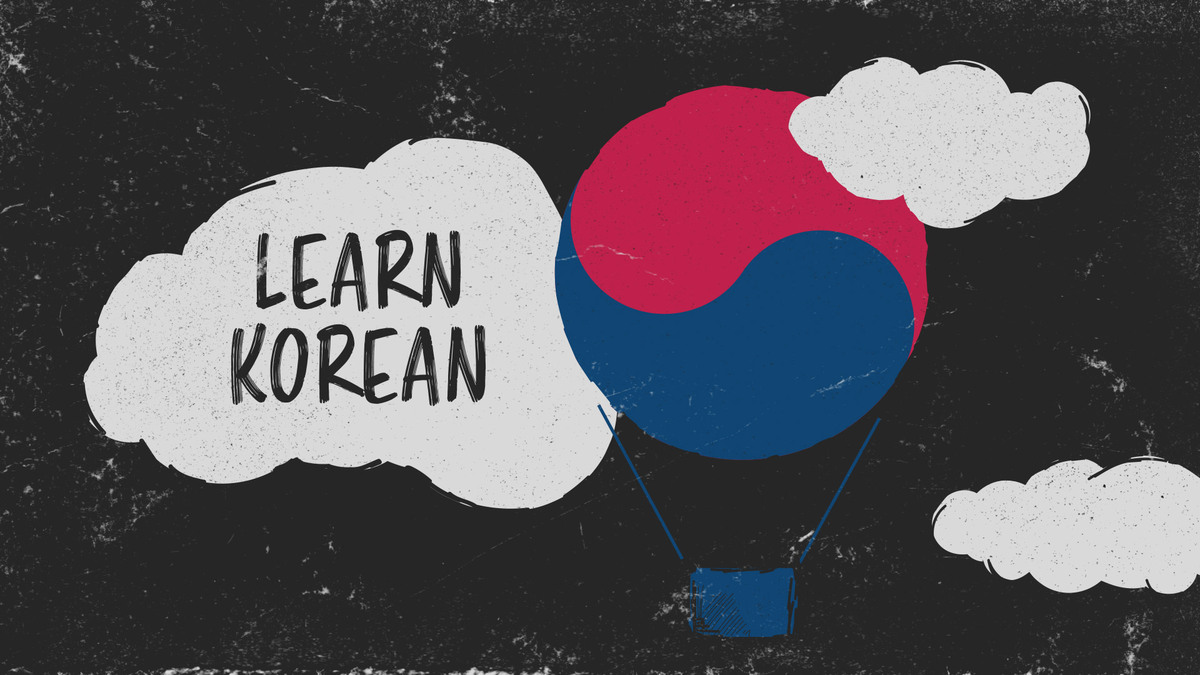
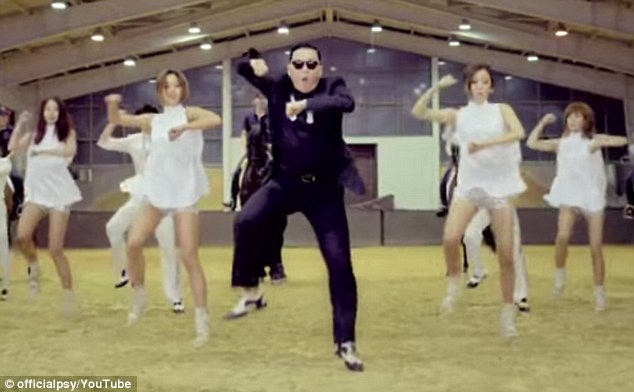
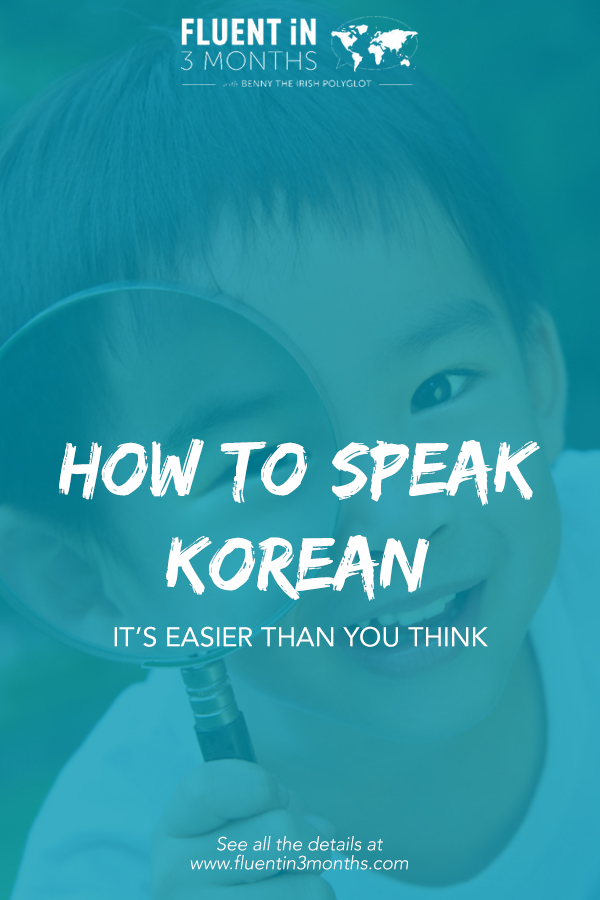

Social